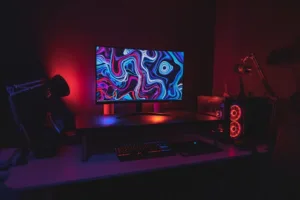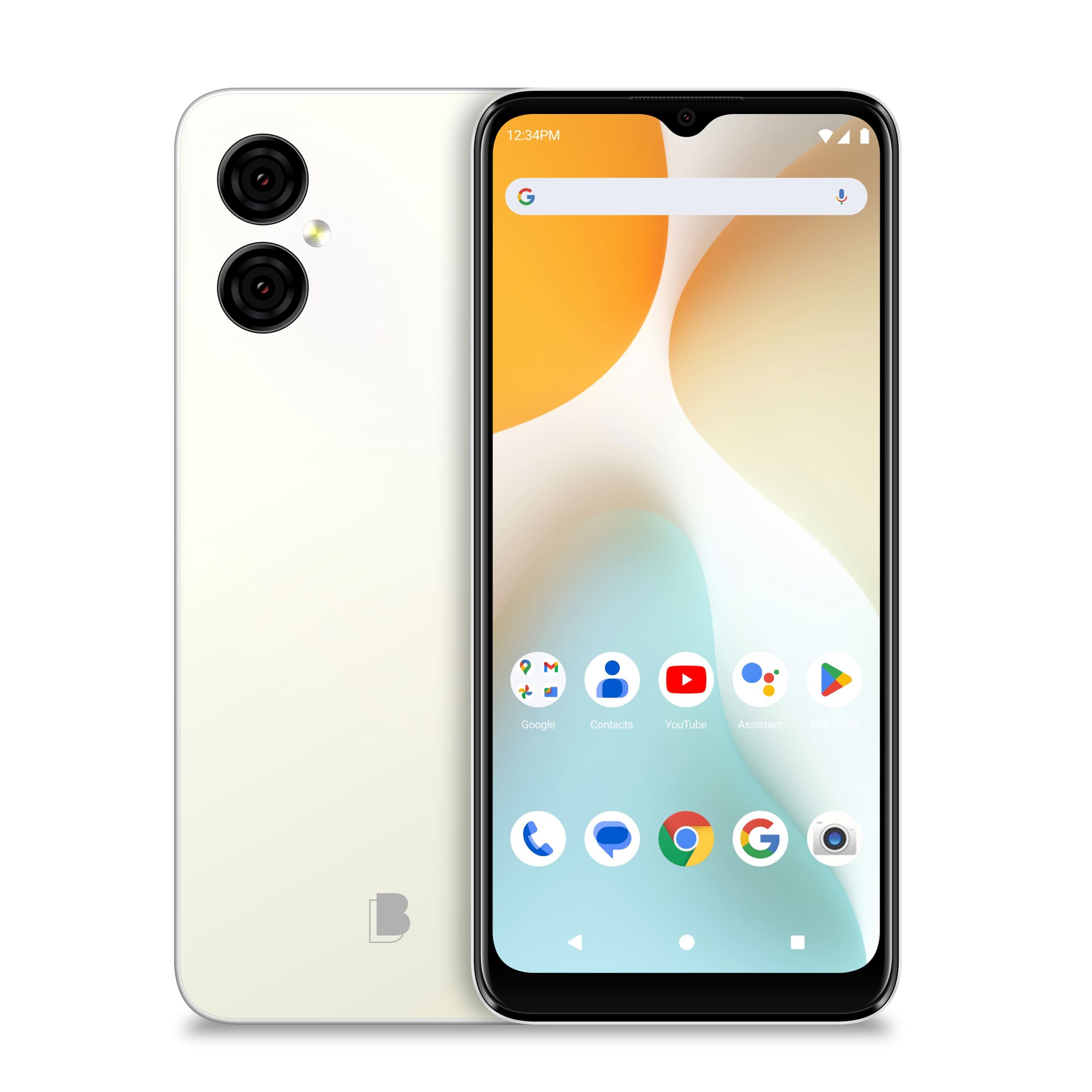Are you tired of using your smartphone camera and wanting to level up your photography game? With so many types of cameras out there, it can be overwhelming to choose the right one. In this guide, we’ll dive deep into the world of cameras and explore each type in detail. Whether you’re a social media influencer, a travel enthusiast, or just a photography newbie, this guide is for you.
Types of Cameras
Let’s get to know the types of cameras first.
1. Fixed Lens Cameras
Fixed lens cameras have a lens that is permanently attached to the camera body. This means that you can’t change the lens, but it also makes the camera more compact and lightweight. Fixed lens cameras are great for everyday photography, street photography, and travel photography. They’re also often more affordable than interchangeable lens cameras. These include compact cameras and action cameras.
Compact Cameras
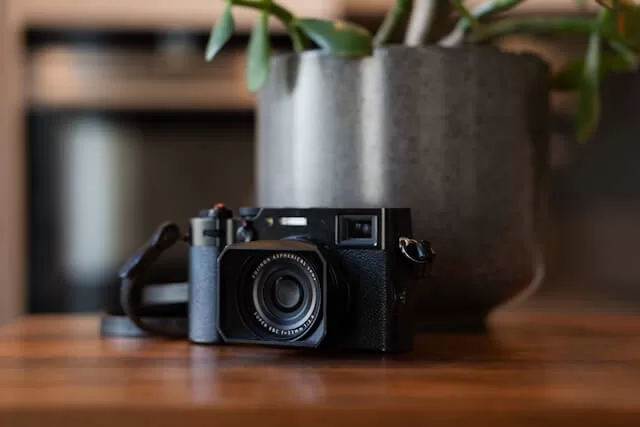
Compact cameras are small, portable, and perfect for everyday photography, but with the invention of smartphones, they have become less common.
Key features:
- Fixed lens: Compact cameras have a fixed lens, which means you can’t change it.
- Small image sensor: Compact cameras have a smaller image sensor, which can affect image quality.
- Convenient: Compact cameras are perfect for casual photography and social media.
- Affordable: Compact cameras are often more affordable than interchangeable lens cameras.
Some popular compact cameras include:
- Sony RX100 series
- Fujifilm X100F
- Canon G7 X III
- Panasonic LX15
Action Cameras
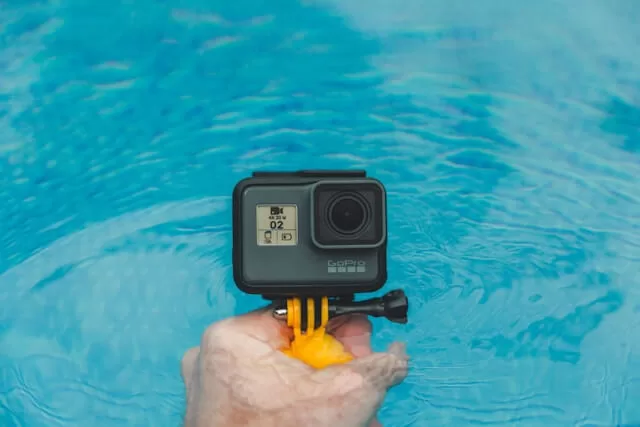
Action cameras are small cameras that are designed for capturing video and photos in extreme conditions. They’re often used for sports, adventure, and outdoor photography.
Key features:
- Features: Action cameras are small, lightweight, waterproof, and shockproof, making them perfect for extreme conditions.
- Wide-angle lens: Action cameras have a wide-angle lens, capturing more of the scene.
- Video capabilities: Action cameras are great for video recording, with features like 4K resolution and slow motion.
- Mounts: Action cameras can be mounted on different surfaces like bike helmet etc and are great for POV footage.
Some popular action cameras include:
- DJI’s Osmo Action series
- GoPro
- Insta360 series
2. Interchangeable Lens Cameras
Interchangeable lens cameras have a lens that can be removed and replaced with other lenses. This makes them more versatile and allows you to adapt to different photography situations with their high-quality images and manual controls. These include mirroless cameras and DSLRs.
DSLR Cameras
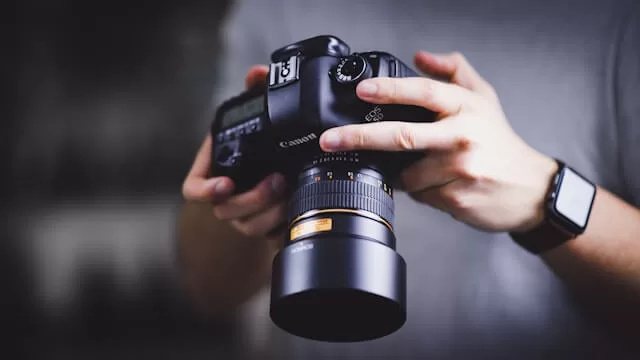
DSLR (Digital Single-Lens Reflex) cameras are a type of interchangeable lens camera that uses a mirror and prism system to view the scene through the lens. They’re great for people who want high-quality images and manual controls.
Key features:
- Interchangeable lenses: DSLRs allow you to change lenses, giving you the flexibility to adapt to different situations.
- Optical viewfinder: You can see exactly what the lens sees, making it easier to compose your shot.
- Large image sensor: DSLRs have a larger image sensor, resulting in better image quality and low-light performance.
- Manual controls: Take control of your photography with manual settings for aperture, shutter speed, and ISO.
- RAW image capture: DSLRs can capture images in RAW format, giving you more flexibility when editing.
Some popular DSLR cameras include:
- Canon EOS Rebel T8i
- Nikon D5600
- Pentax K-70
Mirrorless Cameras
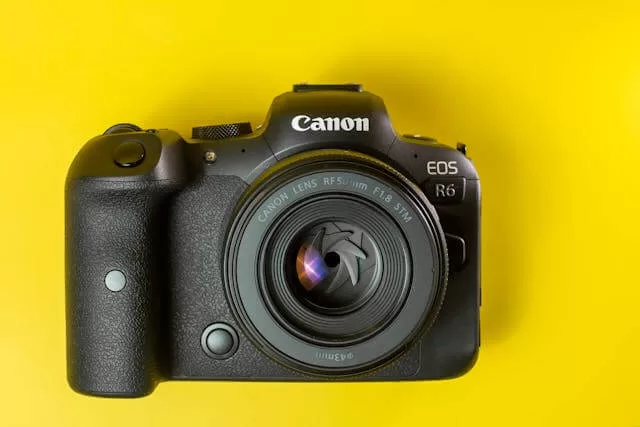
Mirrorless cameras are a type of interchangeable lens camera that doesn’t use a mirror and prism system. Instead, they use an electronic viewfinder or LCD screen to preview the scene. They are similar to DSLRs but have a more compact design.
Key features:
- No mirror: Mirrorless cameras don’t have a mirror, making them smaller and lighter.
- Electronic viewfinder: You can preview your shot and make adjustments in real time.
- Faster autofocus: Mirrorless cameras have faster and more accurate autofocus systems.
- Video capabilities: Mirrorless cameras are great for video recording, with features like 4K resolution and slow motion.
- Silent shooting: Mirrorless cameras can shoot silently, making them perfect for discreet photography.
Some popular mirrorless cameras include:
- Sony Alpha a6400
- Nikon Z9
- Canon EOS R7
How to Choose the Right One?
When it comes to choosing a camera, the options can be overwhelming. But, with a little self-reflection, you can snap the perfect fit. Start by thinking about your photography style – are you a casual snapper or a serious enthusiast? Do you prefer spontaneous street photography or carefully composed landscapes? Consider your budget and the type of photography you want to do most often. Ask yourself, do you need a camera that’s compact and portable or one that offers interchangeable lenses and manual controls? By answering these questions, you’ll be able to focus in on the perfect camera for your needs and capture the memories that matter most.
Looking to Lease a Camera?
High-quality cameras can come with a hefty price tag, making it challenging to purchase one outright. But what if you could access the camera you need without the upfront cost? At Approovl, we offer flexible camera leasing options that allow you to get the camera you need today. Explore our range of cameras and start capturing life’s precious moments without the financial burden. Visit now.
FAQs
Should I choose a DSLR or a mirrorless camera?
Both will give you a great start in photography, but mirrorless cameras have surpassed DSLRs in almost every way and are smaller, lighter, better for video, and show you exactly what your finished image will look like while you’re taking it.
How do I choose the best camera for my needs?
Consider the following:
Price: Don’t rule out spending a little extra, as it will often get you a lot more features.
Lens selection: If you plan on buying more lenses, go for a camera with a good lens range behind it.
Simple controls: All cameras have automatic modes that will help you build your confidence, and manual controls for later on when you get more ambitious.
Manual modes: The auto modes on cameras may start out smarter than you are, but that won’t last! You’ll also need manual control because one day you will need to take charge.
Video: 4K has become the new norm for video capture, so if your main interest is vlogging, choose a more recent 4K mirrorless camera.
Megapixels: Megapixels aren’t everything, but they do have an impact on image quality. However, almost all beginner cameras are in the 16-24MP range, and you won’t see colossal differences in the results.
What are some of the best cameras for beginners?
Some of the best cameras for beginners include:
Canon EOS R100: Best overall
Olympus OM-D E-M10 IV: Best for features
Nikon Z fc: Best for style
Canon EOS Rebel SL3 / 250D: Best DSLR
Ricoh GR IIIx: Best compact camera
Sony ZV-E10: Best for content creators
What are some things to keep in mind when choosing a camera?
Choosing the right camera depends on your needs and preferences. Consider factors such as price, lens selection, simple controls, manual modes, video, and megapixels.





